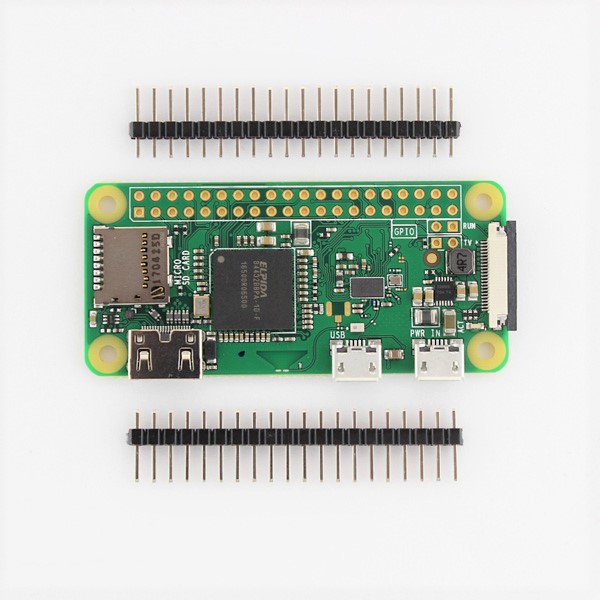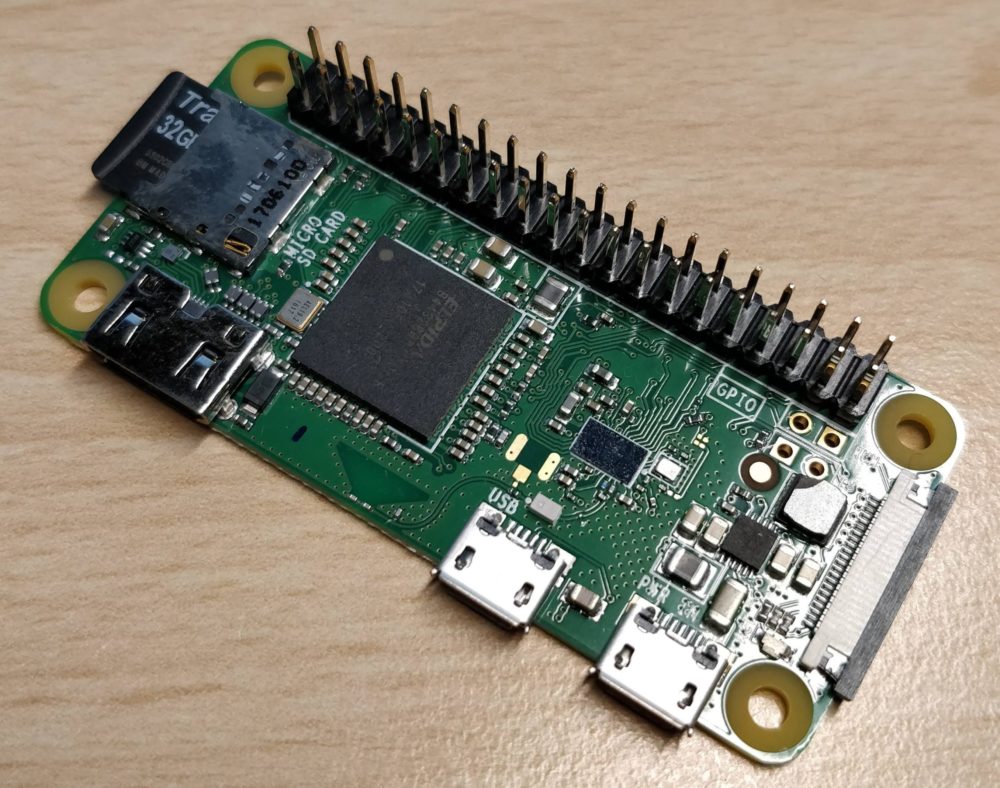

Zero W matches its predecessors’ power with a 1GHz chip and 512MB of RAM, and its form factor remains identical. With the Zero W, they’ll be able to access external bluetooth devices and connect to the internet without losing the USB port or the ability to use expansion boards on the GPIO. The Zero has just one microUSB port alongside its 40 pins, forcing users to come up with creative solutions to add Wi-Fi and networking capabilities - a key element on all Raspberry Pi boards via Ethernet (and wireless on the 3). It’s a feature that users have asked for since the original release. The upgrade, announced today at 9am GMT as part of the Pi Foundation’s fifth birthday, puts the same wireless functionality found on the full-size flagship Pi 3 onto the newly named Raspberry Pi Zero W V1.1. And now they give it another boost, adding built-in Wi-Fi and Bluetooth wireless capabilities. Since then, the Pi Foundation has updated this tiny Linux-based single board computer once, last summer’s addition of a ribbon-cable camera port. The Raspberry Pi Zero, released in November of 2015, surprised users with its $5 price tag and gumstick-sized design. Showcasing amazing maker projects of 2022 Gift the gift of Make: Magazine this holiday season!

Subscribe to the premier DIY magazine todayĬommunity access, print, and digital Magazine, and more Share a cool tool or product with the community.įind a special something for the makers in your life.

Skill builder, project tutorials, and more Get hands-on with kits, books, and more from the Maker Shed


 0 kommentar(er)
0 kommentar(er)
